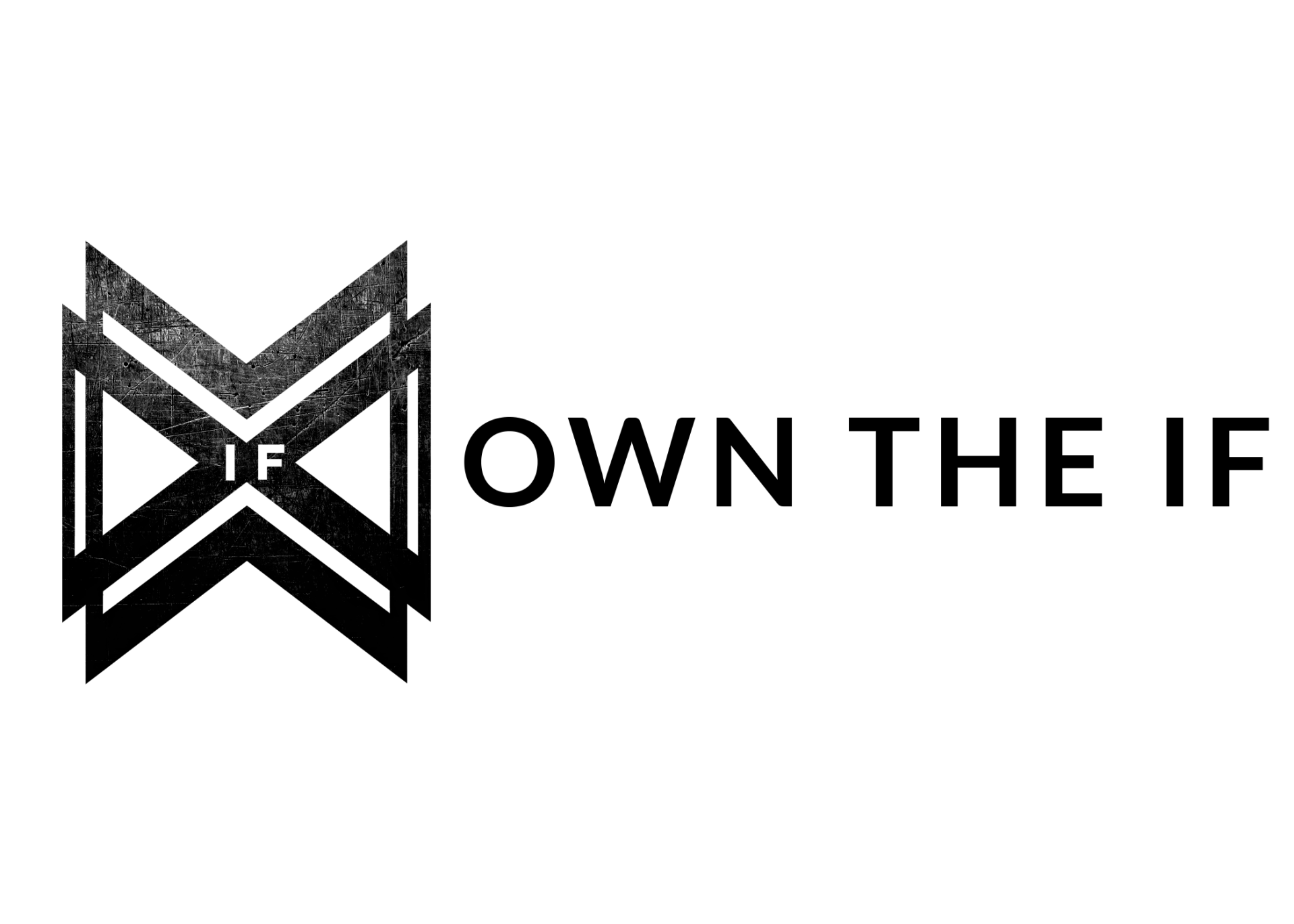A close friend recently sent me a hilarious Instagram reel on various ways to say no and it got me thinking.
It can be quite difficult to effectively and gracefully say no for a variety of reasons. First off, the fear of rejection or disapproval can prevent people from asserting boundaries and declining requests. Secondly, the desire to please and help others can make it challenging to refuse, as individuals may feel guilty or selfish. Additionally, the fear of missing out on opportunities or experiences can contribute to the reluctance to say no. Overcoming these challenges requires cultivating self-awareness, developing healthy boundaries, and practicing assertiveness.
In a world where we all experience more requests than we are actually physically capable of completing, being able to say no effectively a superpower. In Greg McKeown’s book Essentialism: The Disciplined Pursuit of Less he discusses the power of saying no gracefully in a section called the “No Repertoire” in Chapter 11.
“Saying no is its own leadership capability. It is not just a peripheral skill. As with any ability, we start with limited experience.”
Regardless where you are starting, gracefully saying no is a skill that can be honed with practice. However, it requires a variety of responses, and while some are proficient at this, others can struggle. I am 100% guilty of noncommittal answers such as "sure, let me see if I can fit that in" or "I might be able to" when I almost ALWAYS know I can't. A clear "no" is always better than a strung along "no."
Below are the eight responses McKeown discusses in his book that you can add to your own repertoire:
1. The awkward pause.
“Instead of being controlled by the threat of an awkward silence, own it. Use it as a tool. When a request comes to you (obviously this works only in person), just pause for a moment. Count to three before delivering your verdict. Or if you get a bit more bold, simply wait for the other person to fill the void.”
2. The soft “no” (or the “no but”)
“I recently received an e-mail inviting me to coffee. I replied: ‘I am consumed with writing my book right now :) But I would love to get together once the book is finished. Let me know if we can get together towards the end of the summer.’ E-mail is also a good way to start practicing saying “no but” because it gives you the chance to draft and redraft your “no” to make it as graceful as possible. Plus, many people find that the distance of e-mail reduces the fear of awkwardness.”
3. “Let me check my calendar and get back to you.”
“One leader I know found her time being hijacked by other people all day. A classic Nonessentialist, she was capable and smart and unable to say no, and as a result she soon became a “go to” person. People would run up to her and say, “Could you help with X project?” Meaning to be a good citizen, she said yes. But soon she felt burdened with all of these different agendas. Things changed for her when she learned to use a new phrase: “Let me check my calendar and get back to you.” It gave her the time to pause and reflect and ultimately reply that she was regretfully unavailable. It enabled her to take back control of her own decisions rather than be rushed into a “yes” when she was asked.”
4. Use e-mail bounce backs
“It is totally natural and expected to get an auto response when someone is traveling or out of the office. Really, this is the most socially acceptable “no” there is. People aren’t saying they don’t want to reply to your e-mail, they’re just saying they can’t get back to you for a period of time. So why limit these to vacations and holidays? When I was writing this book I set an e-mail bounce back with the subject line “In Monk Mode.” The e-mail said: ‘Dear Friends, I am currently working on a new book which has put enormous burdens on my time. Unfortunately, I am unable to respond in the manner I would like. For this, I apologize.—Greg.’ And guess what? People seemed to adapt to my temporary absence and nonresponsiveness just fine.”
5. Say, “Yes. What should I deprioritize?”
“Saying no to a senior leader at work is almost unthinkable, even laughable, for many people. However, when saying yes is going to compromise your ability to make the highest level of contribution to your work, it is also your obligation. In this case it is not only reasonable to say no, it is essential. One effective way to do that is to remind your superiors what you would be neglecting if you said yes and force them to grapple with the trade-off. For example, if your manager comes to you and asks you to do X, you can respond with “Yes, I’m happy to make this the priority. Which of these other projects should I deprioritize to pay attention to this new project?” Or simply say, “I would want to do a great job, and given my other commitments I wouldn’t be able to do a job I was proud of if I took this on.” I know a leader who received this response from a subordinate. There was no way he wanted to be responsible for disrupting this productive and organized employee, so he took the nonessential work project back and gave it to someone else who was less organized!”
6. Say it with humor
“I recently was asked by a friend to join him in training for a marathon. My response was simple: “Nope!” He laughed a little and said, “Ah, you practice what you preach.” Just goes to show how useful it is to have a reputation as an Essentialist!”
7. Use the words
“You are welcome to X. I am willing to Y.” “For example, ‘You are welcome to borrow my car. I am willing to make sure the keys are here for you.’ By this you are also saying, ‘I won’t be able to drive you.’ You are saying what you will not do, but you are couching it in terms of what you are willing to do. This is a particularly good way to navigate a request you would like to support somewhat but cannot throw your full weight behind. I particularly like this construct because it also expresses a respect for the other person’s ability to choose, as well as your own. It reminds both parties of the choices they have.
8. “I can’t do it, but X might be interested.”
“It is tempting to think that our help is uniquely invaluable, but often people requesting something don’t really care if we’re the ones who help them— as long as they get the help.”
Take Away: Being able to say no clearly is essential because it sets boundaries, preserves personal well-being, and empowers individuals to prioritize their needs and values. By selectively saying no to non-essential tasks and commitments, we can focus on what truly matters and make meaningful contributions towards our goals and priorities.
“We need to learn the slow ‘yes’ and the quick ‘no.’ ” - Tom Friel, the former CEO of Heidrick & Struggle


